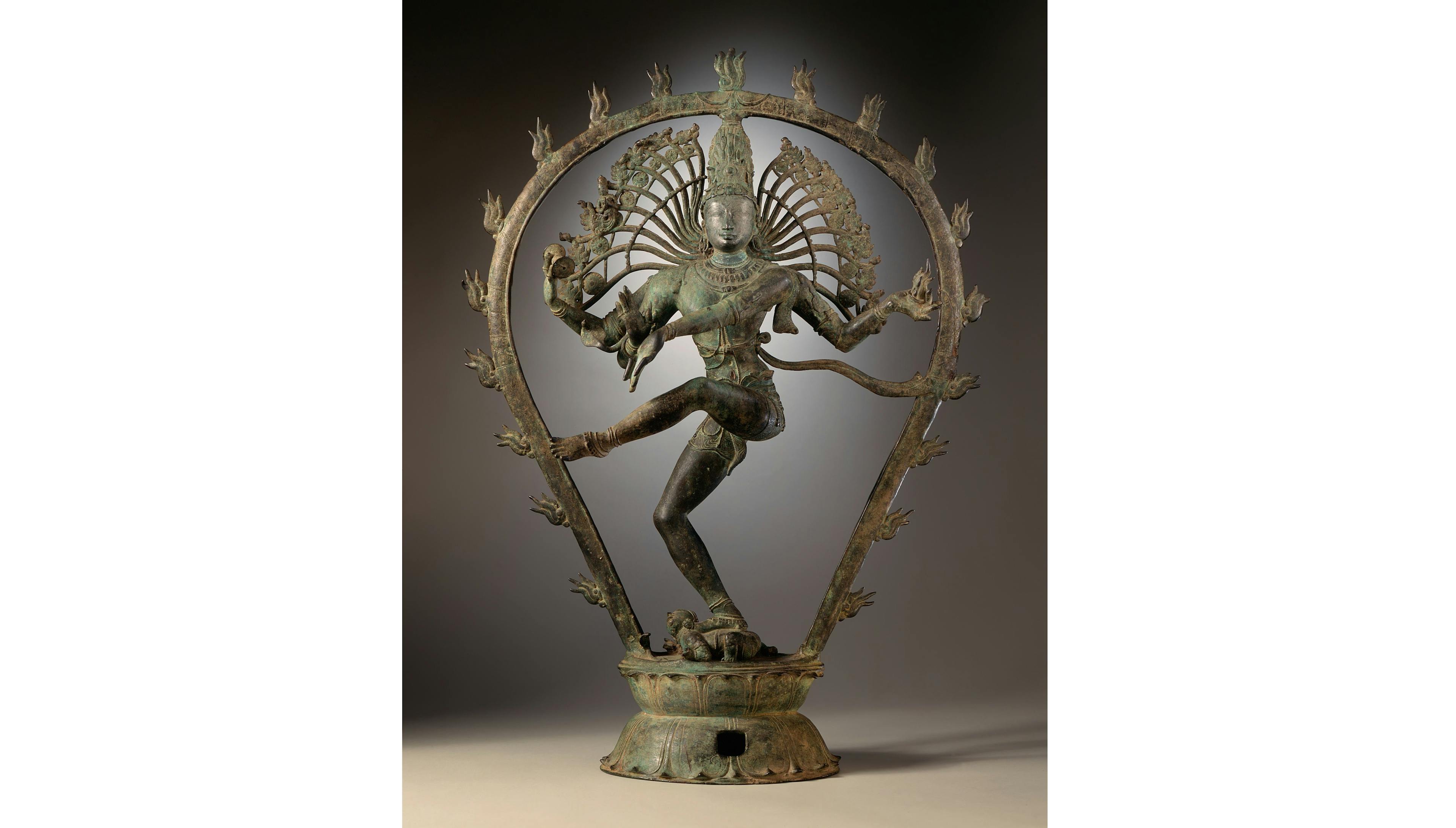The Antiquities Registration Drive
BOOKMARK
According to the special campaign announced on 12th September 2019, the Archaeological Survey of India requires the registration of antiquities to be done from 13th to 28th September 2019. Interestingly, the advertisement, published in newspapers, indicates that this will be accompanied by a voluntary exhibition of the ‘registered’ antiquities at the ASI’s local circle offices, from 25th to 27th September 2019.
While many private collectors have raised serious issues with this drive – saying it provides too short a window for registration and does not state by whom or how the certification of the antiquities will take place – here’s a quick backgrounder on the policy governing antiquities and art treasures in India.
The main policy governing this is the Antiquities and Art Treasures Act 1972 and the Antiquities and Art Treasures Rules 1973 (notified in 1976). These two pieces of legislation have governed the ownership, registration and transfer of antiquities and art treasures in India for more than 30 years. The legislation has its roots in the Indian Treasure Troves Act of 1878 as well as the 1970 UNESCO Convention on the Means of Prohibiting and Preventing the Illicit Import, Export and Transport of Ownership of Cultural Property.
The Act and Rules were put in place to regulate trade in antiquities, with the aim to prevent smuggling and fraudulent dealings in antiquities. It hasn’t been much of a success as smuggling in art and artefacts in India as well as on the global stage has been rampant. In 2009, John Sandage of the United Nations Office on Drugs and Crime stated that the international trade in trafficked antiquities was estimated at USD 4.5-6 billion annually!
Ever since the arrest in 2011 of international smuggler Subhash Kapoor – the mastermind of the USD 145 million international smuggling racket – there has been a major clampdown on individuals, institutions and auction houses. Of the 2,72,824 objects with the ASI and in the Central Antiquities Collection, 4,144 objects have been brought back (confiscated and voluntarily returned) from individuals and museums.
In 2017, the Government of India decided to try and update the Art Treasures and Antiquities Act and issued the Draft Antiquities and Art Treasures Regulation, Export and Import Bill, which would have replaced the 1972 Act. This Act, if passed, will drastically alter the antiquities business and would do away with licences for dealing, which are a part of the 1972 Act. However, this is still in the draft stage and hasn’t yet become law, due to which the 1972 law still stands.
In another high-profile case in 2018, the Chennai police found artefacts estimated to be worth Rs 100 crore at the Chennai home of Mumbai-based businessman Ranvir Shah. Other significant traffickers had been arrested in Chennai in 2016-17.
Given what has happened in the past, the latest circular for registration, probably the first-ever mass drive, clearly has many worried. Is there a larger motive behind this drive? Or is too much being made of it, given that it is voluntary?
An art and antiquities collector told LHI on condition of anonymity, ‘It is clear that the authorities are once again targeting private collectors when their own house is in a complete shambles. In a country where there is barely any documentation of antiquities, a desperate need for conservation, no independent expert verification of museum collections, and rampant theft of temple treasures, shouldn't the focus be on more pressing concerns such as these?’
Others, like fashion designer Wendell Rodricks, have raised concerns over the time given for the registration of antiquities. Commenting on Facebook, Rodricks points out that he has a 200-year-old house, and two weeks is too little time for anyone to complete any documentation.
Meanwhile, Eka Cultural Resources and Research (a research and consulting firm in the Heritage sector ), sees the ASI drive as an opportunity to register ones antiquities, which would help establish transparency of ownership and smooth inheritance and ownership transfers.
Others are raising questions about the sheer paperwork that will go with the exercise. They are also questioning whether ASI has the manpower and expertise to assess the plethora of antiquities out there.
LHI VIEW: We really do need a mechanism to better document and preserve art treasures and antiquities – both public and private – in the country. We need a panel of experts from different fields to be able to assess these objects. Also, it would be best if the authorities articulated a clearer vision of the larger plan regarding the policy governing the antiquities & art treasures of India.
These steps would help control smuggling, help in research & studies, and establish the credentials and provenance for objects both in public and private hands.
In the meantime, simply extending the time for the registration drive would help.
Cover Image of Nataraja for representation purposes only










